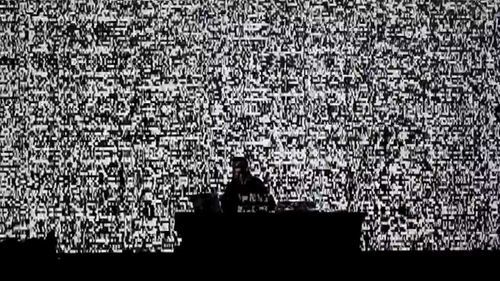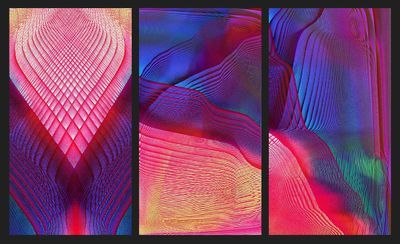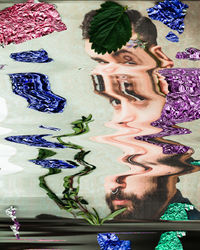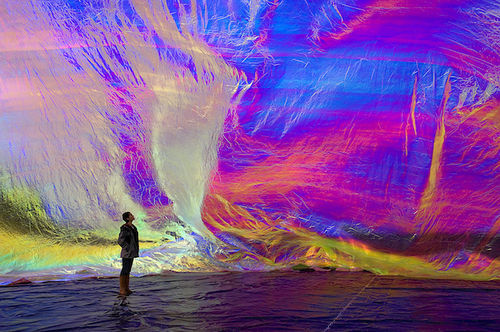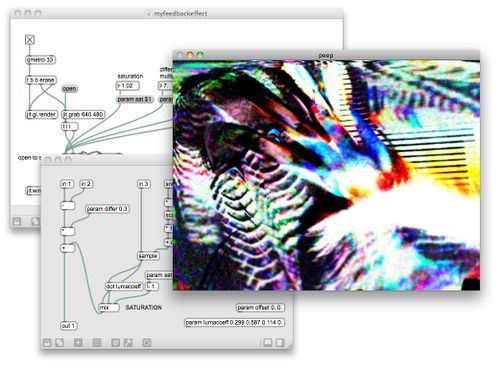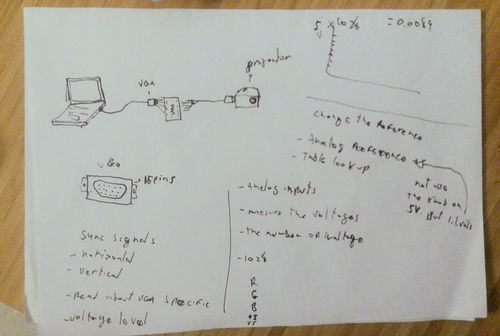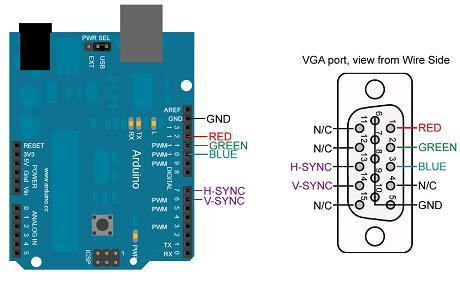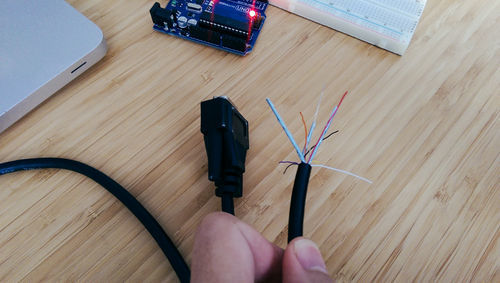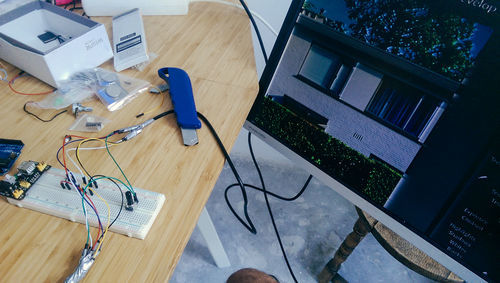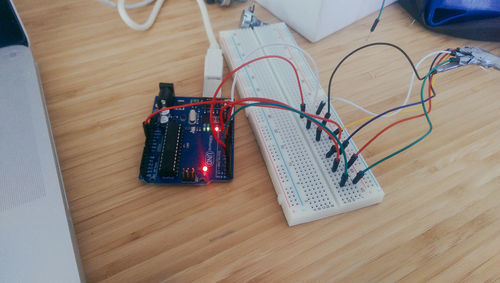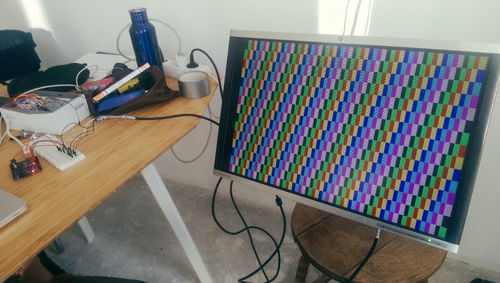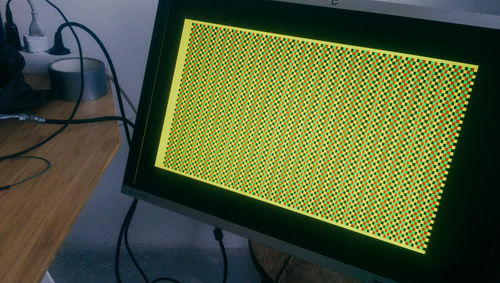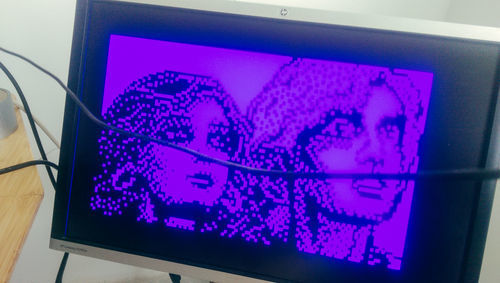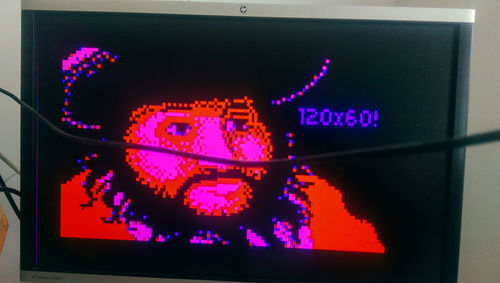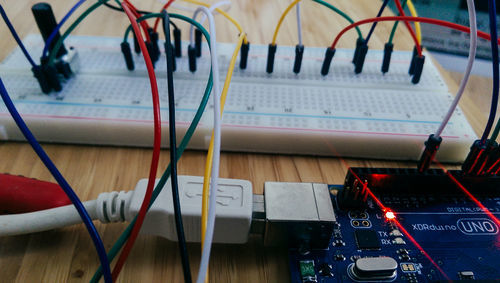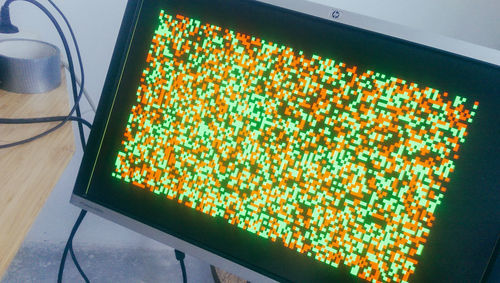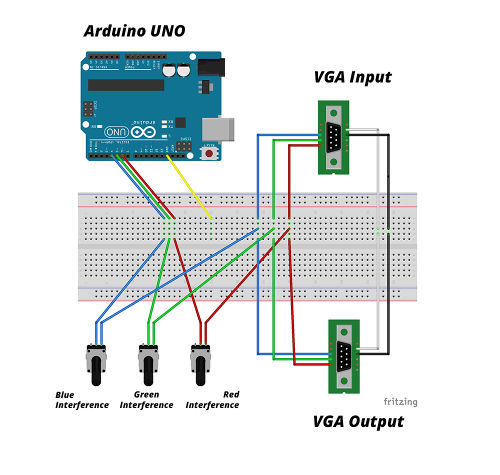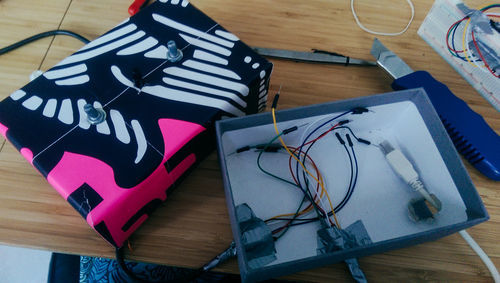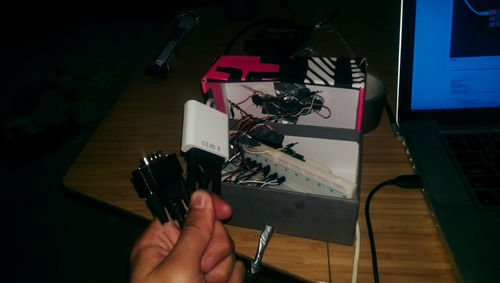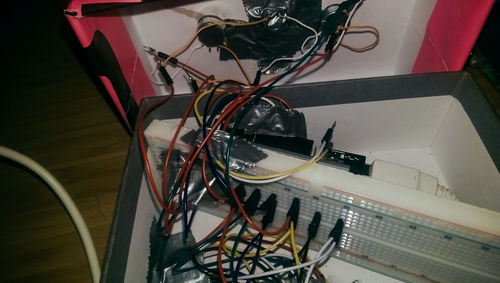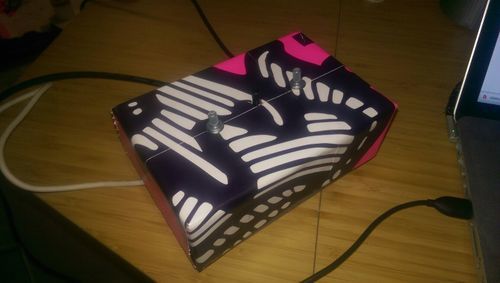User:Caio
Contents
Hello World
I'm Caio Vita, a Graphic Design student from Brasil with a big passion for electronics and new media art.
email: 0919798@hr.nl
interweb space: caiovita.com [1]
The Expanded Toolbox 2016
Starting Point
The moment I knew what I wanted to do
When I saw Ryoji Ikeda immersive performance audio-visual.
https://www.youtube.com/watch?v=k3J4d4RbeWc
Creative Background
I starting studying Graphic Design in Brasil, since them I've done a one year exchange in Interactive/Media/Design in KABK, and after that I just wanted to transfer my studies to Netherlands, and ended up at Willem de Kooning. I considered myself a multidisciplinary designer, my work is very image based and I work with different mediums, which includes photography, video, digital and printed images, virtual reality and new media.
Topic of Interest
. Transformation of Materials (digital, analogue, physical and virtual)
. Surveillance
. Augmented Reality and VR
. Hyperreality
. Immersion
. Photography
Medium
I I want to learn MAX MSP, combined with electronics and optical hardwares (projectors, scanners, cameras).
Project: Video Synthesizer
My idea was to create a toolbox that I could use to make interferences on a video signal.
How VGA Works
I first figure out what are the VGA Pins, what each one are for and how to create two cables with loose ends so I could use on the breadboard. The vga send an analogue signal for RGB and the signal for V-Sync and H-Sync, with all of this it can transmite the video form one source to another.
Got the signal right, going trough the pins.
Using Arduino to output VGA
Also, at the same time I was searching for ways to make an interference on the vga signal that would look interesting and doable, I found some instructions of how to get a VGA signal out of the Arduino UNO.
http://www.pyroelectro.com/tutorials/arduino_basic_vga/schematic.html
http://www.gammon.com.au/forum/?id=11608
Making some patterns with analogue output:
Also, using the VGA Library for arduino to create some small resolution drawings.
http://forum.arduino.cc/index.php?topic=320238.0
Videos:
{{#ev:youtube|https://www.youtube.com/watch?v=TaBb-bVJog8}} https://www.youtube.com/watch?v=TaBb-bVJog8}
{{#ev:youtube|https://www.youtube.com/watch?v=fUAVsF8W5Eo}} https://www.youtube.com/watch?v=fUAVsF8W5Eo
Final Work
Using the new knowledge I learned about VGA and Arduino, I assemble together a small tool that use three knobs to create an interference on the Red, Green and Blue channel of the VGA signal I'm outputting from a computer to a monitor.
The Arduino is running the code from the "Moving Graphics" example I found on http://www.gammon.com.au/forum/?id=11608 The code doesn't do much in this particular tool, but it output creates an electric interference when I turn the knob.
The signal come from my MAC, pass trough the breadboard and go to the monitor. There's a knob that attach a RGB output from the arduino to the RGB of the MAC/monitor causing an noise interference. The V-Sync, H-sync and ground just goes trough the MAC, straight to the monitor without any interference from the arduino.
https://www.youtube.com/watch?v=C4f2nOJsU0w
Another way I can use it is to connect one monitor in each cable and make the output/input signal go on a loop to create the noise interference.
Conclusion
I couldn't dedicated all the time I wanted to learn electronics and arduino on this quarter, but it was enough to open the doors for me to see what electronic can do for my projects. I want to keep learning about outputting video, and how I can use arduino to actually generate all the graphs instead of only creating an electric interference on the video signal. Right know it only create noise, but I want to be able to control better what I output and how to manipulate it for my needs.

